The ageist and sexist trope of the cougar, milf, or Mrs Robinson – a desperate older woman pursuing a relationship with a younger, less interested man – is being challenged by a spate of Hollywood movies pairing older women with younger men.
For generations, the idealised relationship on screen has been for an older man and a younger woman. This casting practice dates back to Hollywood’s silent era and mirrors global cultural norms. The real average age gap in the west, meanwhile, is much narrower than the silver screen would have you believe, standing at 2.2 years in the US.
Mirroring what we see in the cinema, however, research on heterosexual relationship preferences in Europe, published in December, indicated that men prefer relationships with younger women. And that preferred gap increases as men age. In contrast, women prefer a smaller age gap as they age. And in their 60s, they tend to prefer a slightly younger partner.
The history of Hollywood age gaps
Entertainment Pictures/Alamy Stock Photo
Many Hollywood classics feature significant age gaps. Debbie Reynolds starred opposite a 40-year-old Gene Kelly when she was just 19 in Singin’ in the Rain (1952). Kim Novak was paired with 50-year-old James Stewart in Vertigo (1958) when she was just 25. And Maria Schneider was only 19 when she was coupled with Marlon Brando, then 49, for Last Tango in Paris (1972).
Reynolds and Schneider have both spoken about the abusive on-set power dynamics that ensued. Reynolds felt assaulted when Kelly “shoved his tongue” down her throat, and Schneider accused both Brando and director Bernardo Bertolucci of sexual assault.
More recent, and now notorious pairings, which demonstrate the ubiquity of double digit age differences include 30-year-old Catherine Zeta-Jones and 69-year-old Sean Connery in Entrapment (1990). A 27-year-old Eva Mendes paired with 47-year-old Denzel Washington in Training Day (2001). And 22-year-old Gemma Arterton as the romantic interest of 40-year-old Daniel Craig in Quantum of Solace (2008).
Actor Laura Dern has reflected that the 20-year age gap between her and Sam Neill in Jurassic Park (1993), which was considered the norm in the 1990s, now feels “completely inappropriate”.
Flipping the script
Audiences are tiring of Hollywood’s habit of pairing younger stars with men old enough to be their fathers and are calling for change.
The casting of Cillian Murphy and Florence Pugh in Oppenheimer (2023) received a backlash for the 20-year age gap between the two actors. This came particularly as the film featured lingering nudity of Pugh, and the age gap was ten years greater than the real life age gap between the characters they play.
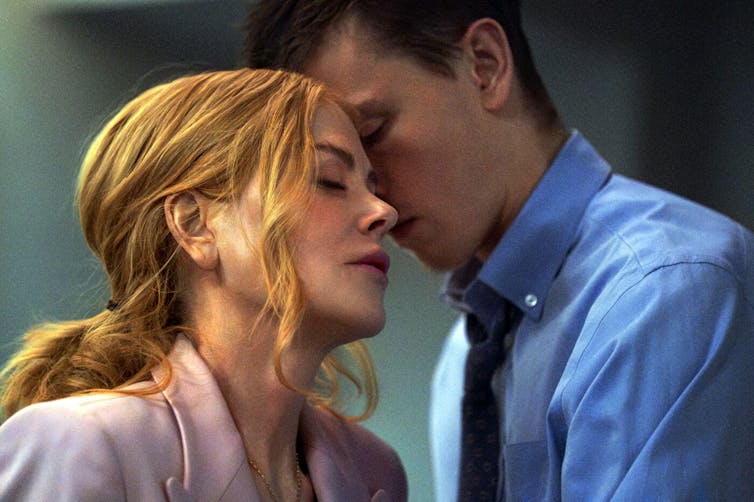
Lifestyle pictures/Alamy Stock Photo
When Hollywood has depicted an inversion of this age gap dynamic in the past, it’s generally been done to demonise the older woman. One of the most renowned examples is The Graduate (1967). The film starred Dustin Hoffman as a 21 year old at the mercy of a middle-aged seducer Mrs Robinson (Anne Bancroft). Mrs Robinson is at the periphery of the story and portrayed as a sad, fading beauty in competition with her daughter who eventually “wins” the man.
This depiction of a bitter older woman is being challenged by a surge of recent films that centre characters over 40. Babygirl (2025) stars 57-year-old Nicole Kidman as a CEO in a relationship with an intern 30 years her junior, defying gendered stereotypes and sexual power dynamics.
Read more:
Babygirl’s provocative exploration of power, infidelity and eroticism – reviewed by a sex therapist
Similarly, Anne Hathaway, 41 in The Idea of You, falls for a 24-year-old pop star. Unlike the daughter in Mrs Robinson, who is perceived as the competition, her character’s daughter has her back and acknowledges the double standards women face when the age gap is this way around.

Looking for something good? Cut through the noise with a carefully curated selection of the latest releases, live events and exhibitions, straight to your inbox every fortnight, on Fridays. Sign up here.
Even so, 2024 was referred to dismissively by some as “the year of the cougar” following the release of two Netflix romcoms, A Family Affair (again with Nicole Kidman, this time paired with 36-year-old Zac Efron) and Lonely Planet (with 57-year-old Laura Dern and 34-year-old Liam Hemsworth).
Despite this online mockery, the trend looks set to continue. The upcoming Bridget Jones sequel, Mad About the Boy, will show Bridget (played by Renée Zellweger who is now in her 50s) dating a 29-year-old Leo Woodall. Meanwhile I Want Your Sex, set to release in late 2025, will star Olivia Wilde, 40, opposite Cooper Hoffman, 21.
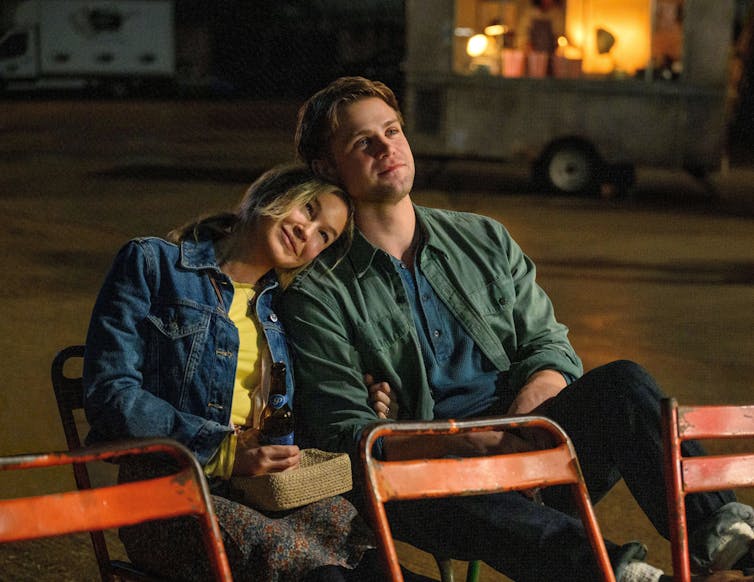
FlixPix/Alamy Stock Photo
Women still only make up 23% of writers and directors in Hollywood. Interestingly, the recent films featuring older women and younger men couples have more women in key creative roles behind the scenes.
Lonely Planet and Babygirl were written and directed by women (Susannah Grant and Halina Reijn). A Family Affair and May December were written by women (Carrie Solomon and Samy Burch). And I Want Your Sex and Mad About the Boy have a mix of genders on their writing teams.
The need for more women to be involved in the creative decision-making to amplify women’s voices is crucial. Research shows that women make up only 35% of speaking parts and roles for women start to nose-dive post 30.
No wonder then that Reese Witherspoon, Amy Adams and Kerry Washington are just a few of the Hollywood actresses who have established production companies to tell stories that reflect the wide range of women’s experiences, sexual desires and vulnerabilities – and celebrate the complexity and diversity of their relationships.
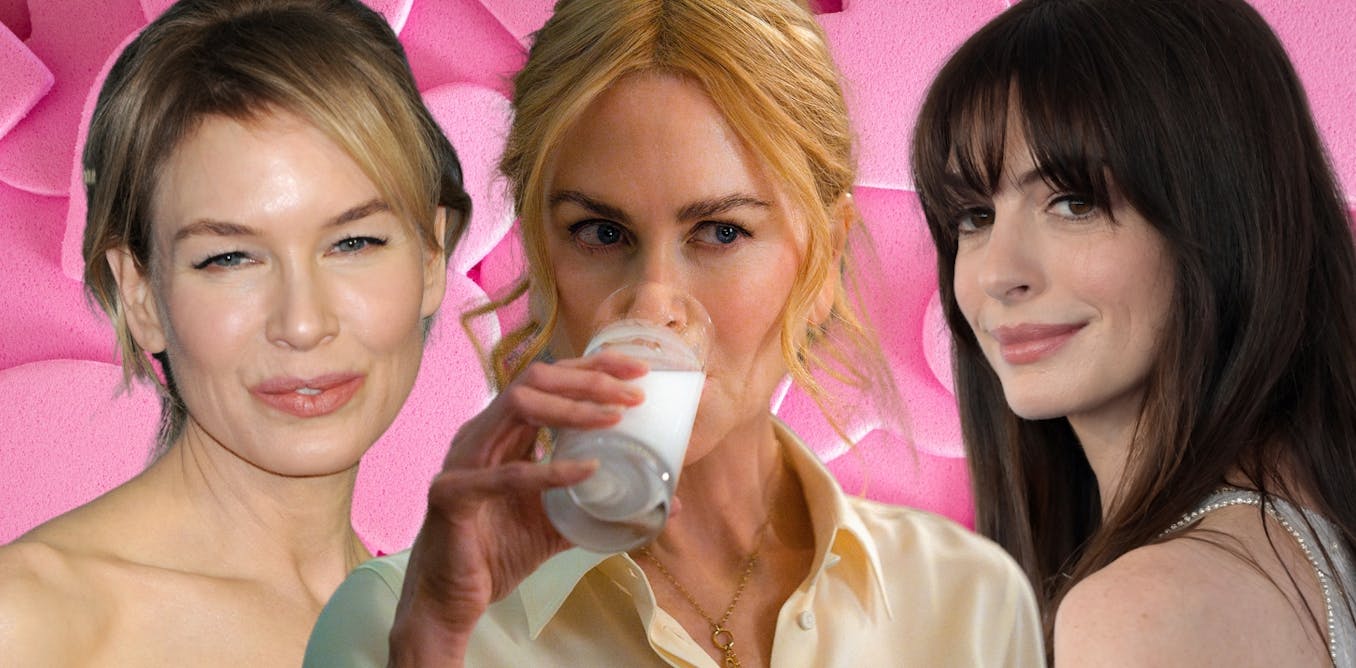
The post “Why Hollywood is finally telling a different kind of age-gap romance story” by Lucy Brown, Professor of Film and Television, Head of Screen, Assistant Head of School, Westminster School of Media and Communications, University of Westminster, University of Westminster was published on 02/07/2025 by theconversation.com







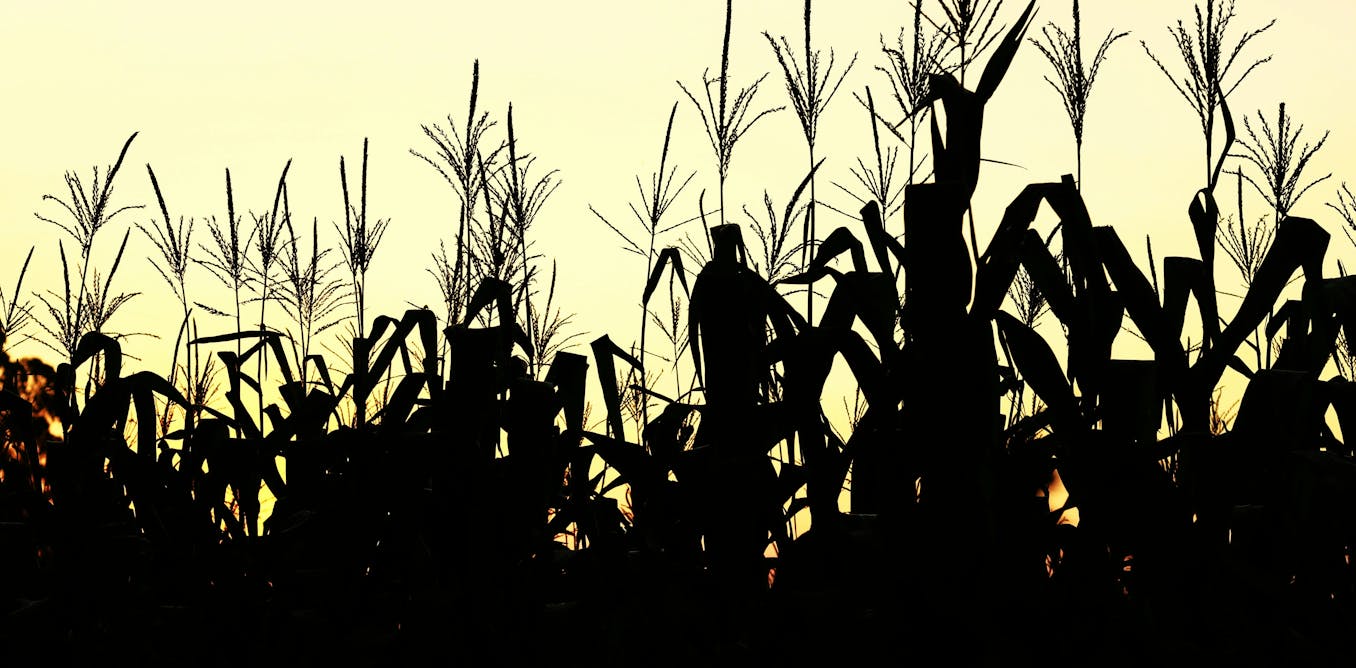

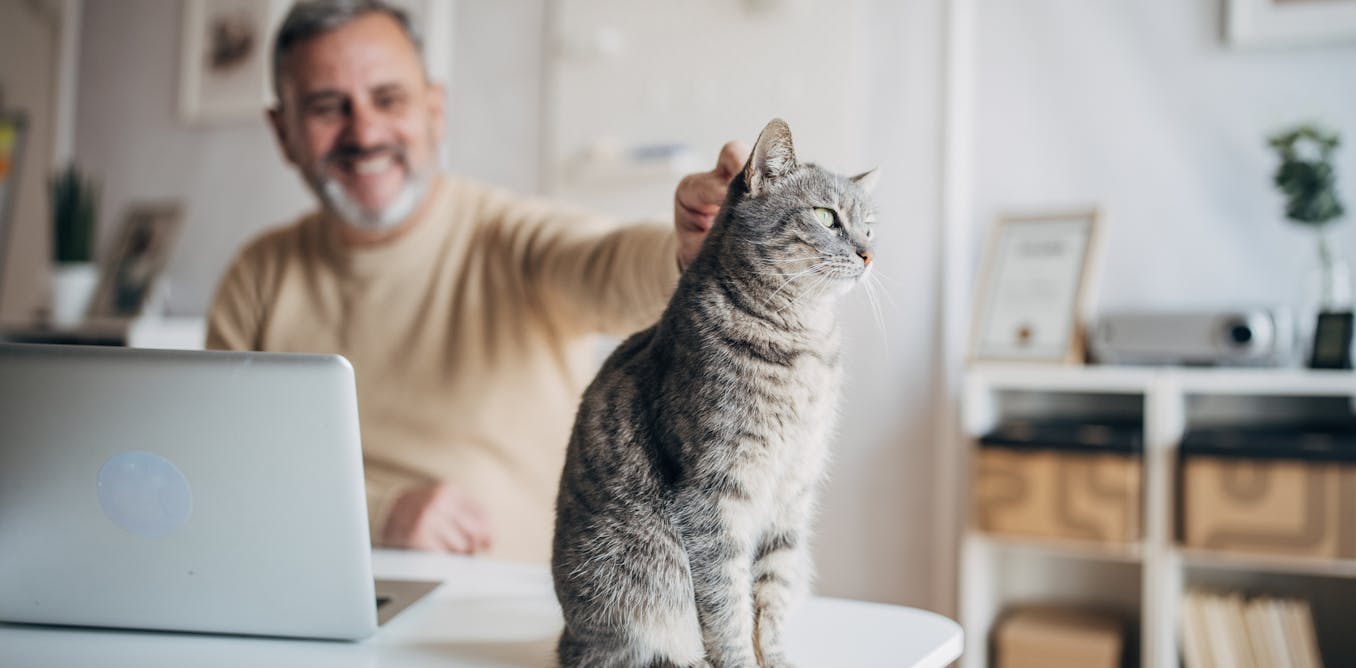
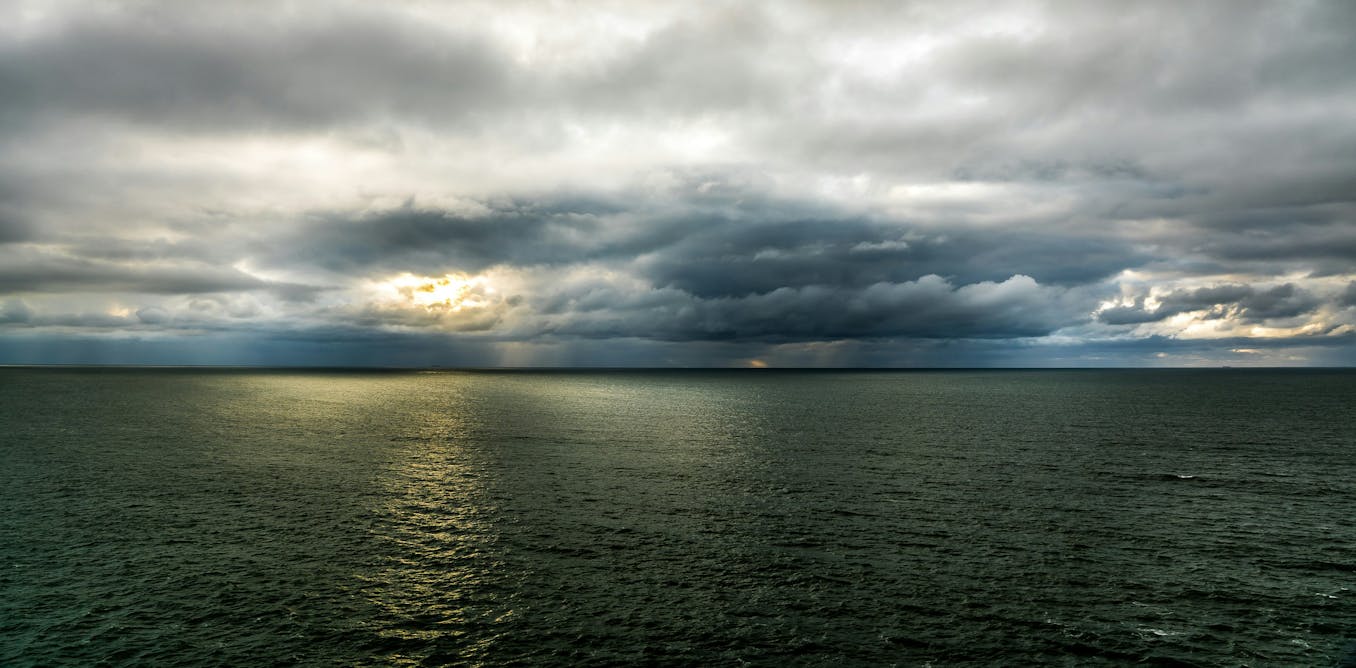


















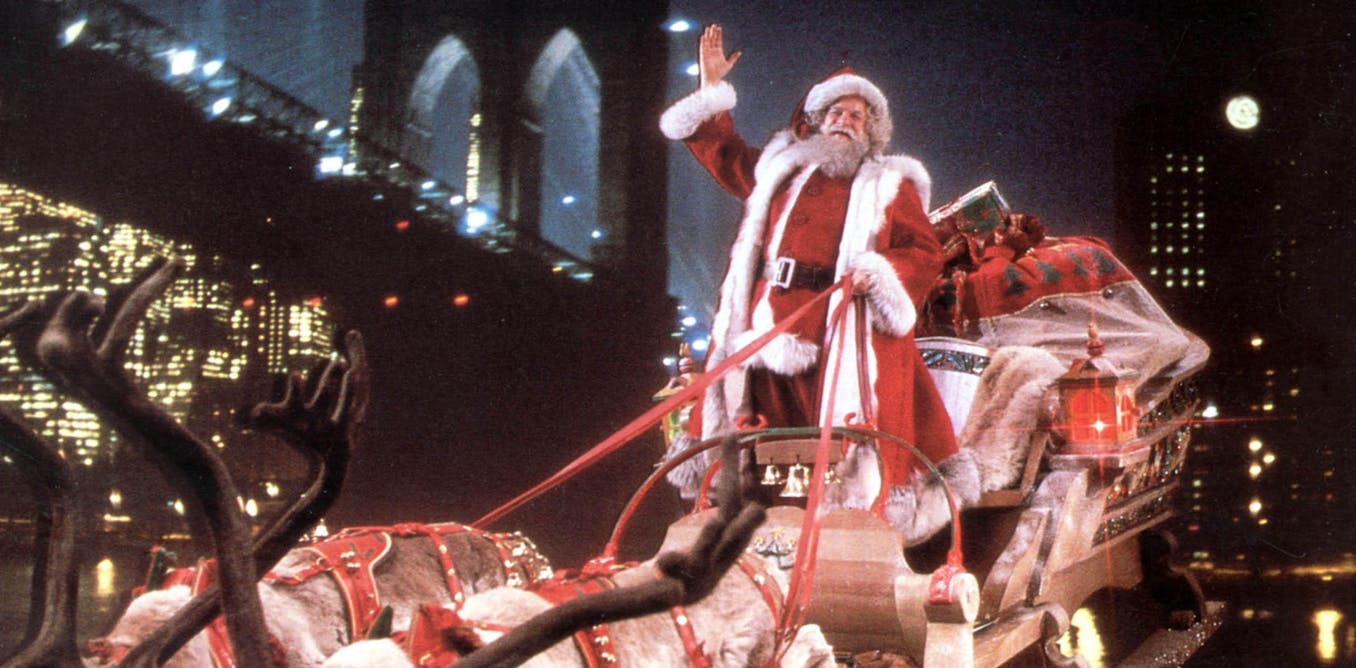





Leave a Reply